Ecotech Marine Radion G4 Pro is one of the highest rated aquarium products I have ever reviewed. I consider it a game changer, a big step to LEDs’ total dominance in the aquarium lighting branch of the industry. Today, more than a year after my review got published, I still hold that statement to be true- the light is a centerpoint of my aquarium and it performs like nothing I’ve used to lit my tank before. While I still believe that lighting is only a piece of the puzzle in the web of interwoven elements that, when in balance, provide for a healthy reef ecosystem, it’s one of the most important elements of a reef tank. In fact, there are two key factors that, in my opinion, are a solid foundation for a successful reef tank: artificial light and water movement. In my little slice of the ocean, three XR30w G4 PRO fixtures provide for the photosynthesis part, and four propeller pumps for the nutrient and oxygen transport.
I recently thought about what possible changes and improvements could be introduced in the next generation of Radions (we’re probably still a few years from that happening anyway) and honestly, I can’t really think of any one thing that would justify an entirely new light at this point. Sure, there are few thing I would like to see in a new radion, like built-in Wi-Fi, slightly better color mixing, or the use of latest technologies in light emitting diodes, but let’s face it- do we really need more light? Or a different kind of light? Even more light spread? G4 Pro, in my opinion, already has a darn good light spread, the corals look fantastic under these LEDs, and there is enough photosynthetically active radiation (PAR) provided by the radion G4’s emitters that most users don’t even run them at their full capacity. It will be truly interesting to see what the new generations of aquarium LED lights (in general) will bring to the table.
I mentioned better color mixing as one of the things that could improve in radion. While previous generations of Ecotech’s flagship light were more prone to the so- called disco effect, where individual color LEDs do not blend together but rather “stand out” when light beams get reflected from the sand bed, the introduction of TIR lenses in Gen 3 Radions and HEI lenses in the current generation vastly reduced that undesirable LED characteristic. Most reefers don’t even notice that until they take a picture of their aquariums using large-sensor cameras that have much higher sensitivity to register individual colors than a human eye, but there are few of us (me included) that get bothered by it.
Another light characteristic that concerns some reefers, called caustic network, or “shimmering” in reefing slang, happens when light rays from an LED source hits the surface of moving water and gets reflected (creating a lovely pattern on the ceiling right above the tank) or refracted (shimmer on the tank’s bottom), creating light patterns in the body of water. HEI lenses in G4 Pro and the fact that emitters in radion pucks are not packed as tightly as in multi-chip LED arrays reduce shimmer drastically, but not completely.
Finally, the third issue and one that actually bothers me a lot is the fact that individual LED emitters are directional sources of light of a relatively high light output and therefore cannot be looked at straight-on for more than few seconds. You can literally damage your eyes if you stare directly at an LED. In most situations, we observe the tank at an eye level, therefore we are exposed to the power of ever present miniature suns every time we look too far up.
Turns out, Ecotech seem to have found a solution to all three of these issues in the form of a new accessory to the radion, called the Diffuser.
WHAT IS IT?
The new diffuser is an add-on to the radion, consisting of a composite plastic frame and a diffusing material, which mounts to the underside of the fixture. It is compatible with every radion fixture produced so far and there are versions of it for the smaller XR15w panels, as well as the XR30w. The diffuser material’s goal is to block the harsh light produced by the emitter, while improving the overall color blending and reducing caustics. There’s a drawback, obviously- putting a diffuser in the path of Radion’s LEDs reduces the PAR output by 25%, according to Ecotech’s own advertisement. Let’s see how it looks in practice…
BUILD
Ecotech’s new accessory comes in a transparent plastic bag, all elements clearly visible from the minimal packaging. Nothing wrong with that, as my package came wrapped in bubble wrap and on a bed of packing peanuts. The diffuser itself consists of three elements- a bracket that gets attached to the light pernamently, the diffuser sheet, and a separate frame to hold the diffuser. The diffuser frame is held to the bracket by four tiny but strong rare earth magnets and it fits perfectly. Kudos to Ecotech’s engineers and designers for once again delivering in terms of looks and functionality- the frame adds only ⅝” of an inch (15mm) to the light’s height while providing an easy way to clean salt creep off the diffuser material. Overall, the build meets the high standards of the light itself. The frame and bracket are made of the same semi-flexible tough plastic as the light’s case and have the same shiny black finish as the top of the G4s. It doesn’t quite match the sides’ finish, but rather that of the light’s top, but that shiny plastic is easier to clean. I take easiness of cleaning over the lack of consistency in finish choices any day, but it’s something to take into consideration if looks are a factor for you.
INSTALLATION
There is a printed manual provided with the diffuser showing step-by step instructions on how to install it on the radion. It’s a very simple operation and requires only a phillips head screwdriver to complete. You are supposed to dismount the light from the tank’s bracket or hanging kit before you attempt to install the diffuser, but if you are adventurous (lazy) like me, you can perform this task while the light is still hanging. My only piece of advice in that case would be- put a large sheet of paper or a towel to cover the tank’s top before you start unscrewing anything. You will never find that screw once it hits the water, trust me.
Diffuser’s bracket goes on the underside of the light where the LEDs and optics are, in place of the light’s bottom cover. The latter is held by 8 screws, 4 in the corners and another four around the fan grill ,which are re-used to hold the diffuser bracket. It took me less than 5 minutes per light, using a battery powered drill/screwdriver, to unscrew the cover and screw the bracket in its place. Ecotech is known to make their electronics user friendly, so no surprises here. The only thing left is to attach the diffuser to the bracket, which snaps right on with a magnetic force that keeps it securely in place. Once again, this design rocks!
EFFECTS ON THE LIGHT
Color mixing
I must admit I did not notice any uneven color mixing before I put the diffuser on and the shadowing effect is a non-issue in my tank, as I use 3 XR30Ws on a 48” aquarium, therefore I did not experience any difference in the light output in terms of how radion with the diffusers on renders coral colors. The only good way to check how the diffuser changes the spectrum graph is with a digital spectrometer, but unfortunately these instruments are prohibitively expensive, so I can only offer visual feedback.
Shimmer
radion Gen 4 Pro shimmer is not the worst of all LED panels I’ve played with, but it is present and quite annoying- it creates this subtle stroboscopic effect that makes your eyes tired after looking at the aquarium for longer periods. Slapping a diffuser on the HEi lenses minimizes the caustic effect, meaning there is a visible reduction in shimmering with the diffuser on. So much so that I think it makes the tank look instantly better when you put the diffuser on. The corals seem to have more color and vibrancy to them, and I think it’s because the eye doesn’t get distracted by the shimmering.
I’ve made a short video showcasing the difference in shimmer between having the diffuser off/on the light.
PAR reduction
I used Apogee Instruments MQ510 PAR meter to perform all my measurements. To do that, I dismounted one of my Radions and transferred it to the PAR testing table I built for reviewing aquarium lights. I took a series of measurements at different depths using the same exact settings for diffuser-off and diffuser-on scenarios. The actual PAR numbers are irrelevant here (just for providing background to the measurements, the light was set to a modified SPS AB+ preset at 65% intensity). Instead, I calculated the PAR drop at different locations on the plane of three depths (12”, 24”, 30”) with the diffuser on and then off of the light. Before I analyze the data I collected, it’s important to mention that Ecotech themselves advertise a 25% PAR drop when using the diffuser. However, my findings strike a more positive tone to the overall PAR reduction; let’s look at the three different scenarios:
At 12” from the light source, we have an overall PAR drop of only around 10%, but when you break it into each individual “band” of light spread, the data varies drastically. In a 6” radius from the centerpoint of the radion, I experienced PAR drop of around 115, which translates to around 20% drop. At 12” and 18” radius from light center, there is actually an overall PAR increase, in some instances more than a 100%. Note that the even where there was a 100% increase of PAR value, the actual PAR number is very low (we’re talking a jump from 20 PAR to 30 PAR), therefore the median PAR drop value of 10% is artificially lowered with these jumps in low PAR areas. I assume that the increase of PAR in far reaches of the light spread at a shallow depth of 12” is a result of the diffuser material, combined with the HEI lens of the radion, and the ability to refract light beams in a wider angle than possible without it on the light. In other words, it seems that the addition of diffuser widens the light spread of radion light.
At 24” from light center, there is a much more uniform PAR drop at all horizontal distances from the light’s centerpoint. There are some variations, naturally, but overall, we have a median PAR drop of ≈28, or 21%.
At 30” depth, the situation is almost identical. Again, some variations between random points in the same plane, but overall, PAR drop is very consistent, averaging ≈22 PAR, or 19.5%
In summary, besides at the extreme close proximity of 12” from the light’s center, the PAR drop with the diffuser on is uniform and, according to my analysis, averages 20%. That is less than the advertised 25%, which is a good thing, because it proves Ecotech used the most conservative numbers when they advertised radion diffuser, rather than misleading potential clients with “too good to be true” numbers.
In practice, when I installed diffusers on my radion G4 Pro fixtures and analysed the data before/after the installation, I realized I have to increase the overall light intensity around 10% (from 55% to 65%) to correct for the PAR loss introduced by the diffuser. Please note that the data collected for this review was measured at 65% intensity.
Other findings
The two things I like the most about radion diffuser are not even directly related to the fixture’s light output. First of all, the diffuser allows you to look directly at the LED pucks without the risk of damaging your retinas. That’s a big deal for me as I like to enjoy time with my aquarium while sitting in an armchair. Before the diffuser, I used to put a piece of rigid black foam to block the light, now I can sit comfortably as the diffused light doesn’t bother me as much.
Perhaps the biggest perk radion diffuser provides me is protection from salt creep. HEI lenses, given their bulky, convex shaped format, are notoriously difficult to clean. The diffuser is the direct opposite of that- you can take the plastic film off the cover and wipe it clean with a wet microfiber cloth. This is a godsend, especially when the fixture sits above a tank full of constantly jumping wrasses.
CONCLUSION
The diffuser is, simply put, great. It transforms the already great light into an even better one, visually smoothing out its spectrum and eliminating the shimmering effect almost entirely. On top of that, it doubles as an easy to clean splash guard and a sort of shade that blocks the eye-damaging light emitted by the LEDs. All that for the small price of a PAR drop around 20%.
Well then, do you need it? It’s a two fold question- if you are happy with what your radion provides , you would probably be fine without it. In fact, at $65 retail price, it’s quite an expensive accessory for already pricey light. But, do you want to have it? If you’re like me and really enjoy Ecotech lights’ ability to grow corals, the answer is: absolutely. It’s not just an expensive splash guard, but a functional optical filter that enhances the light coming out of radion fixture greatly. I took the diffusers off today to make a comparison video and the difference was substantial enough that I put them back right away to go back to the new “normal”. If you can afford to equip your existing Radions with these diffusers, go for it, you won’t regret the purchase.
I, personally, don’t miss the technicolor shimmer of “before the diffuser” at all.
Full info on the new Radion diffusers (in PDF) can be found here: http://ecotechmarine.com/wp-content/uploads/2016/07/Info_page.pdf
Read my detailed review of Ecotech Radion Gen4 Pro here: https://reefs.com/2017/01/18/ecotech-marine-radion-gen-4-xr30w-pro-definitive-review/

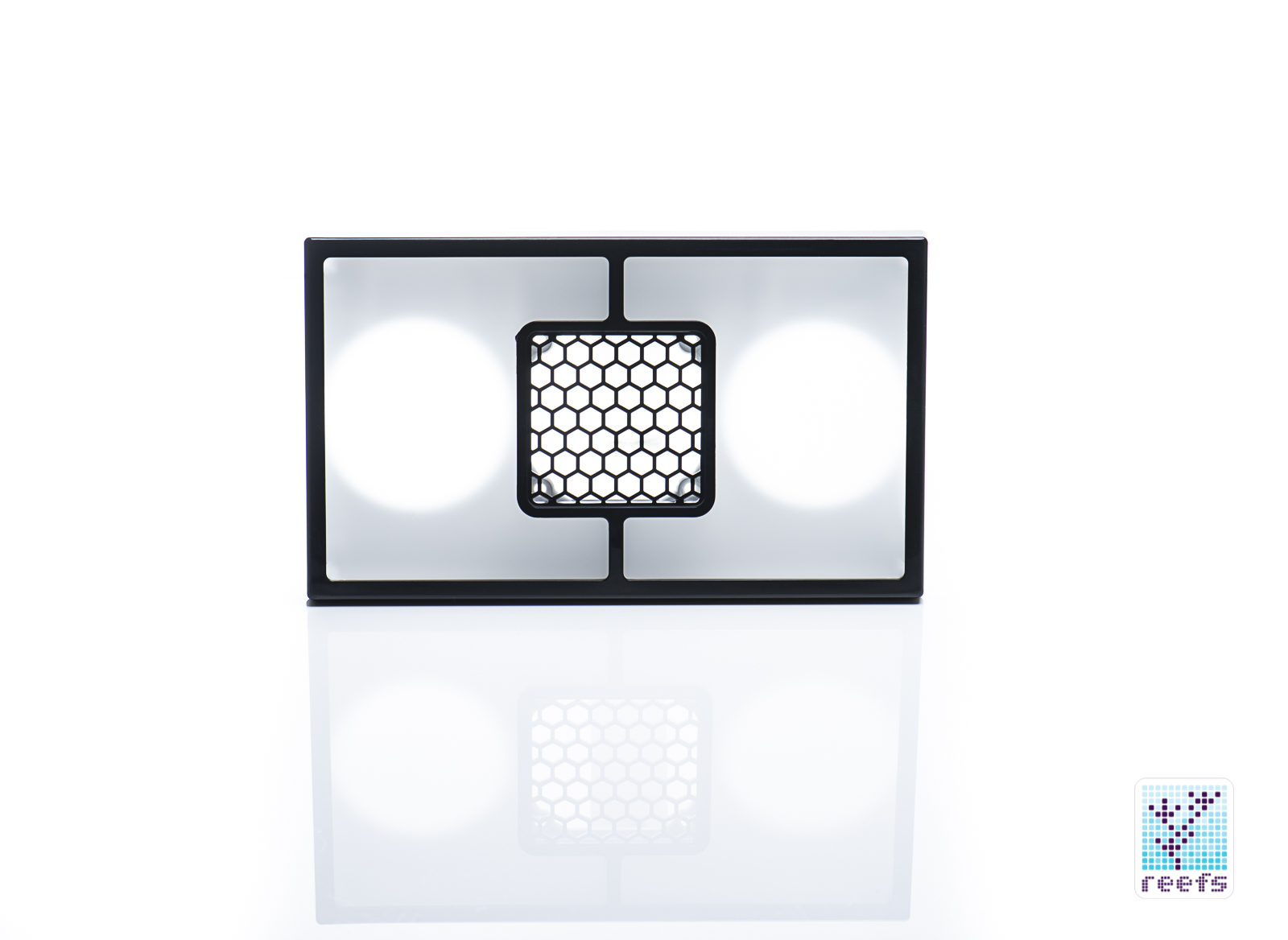
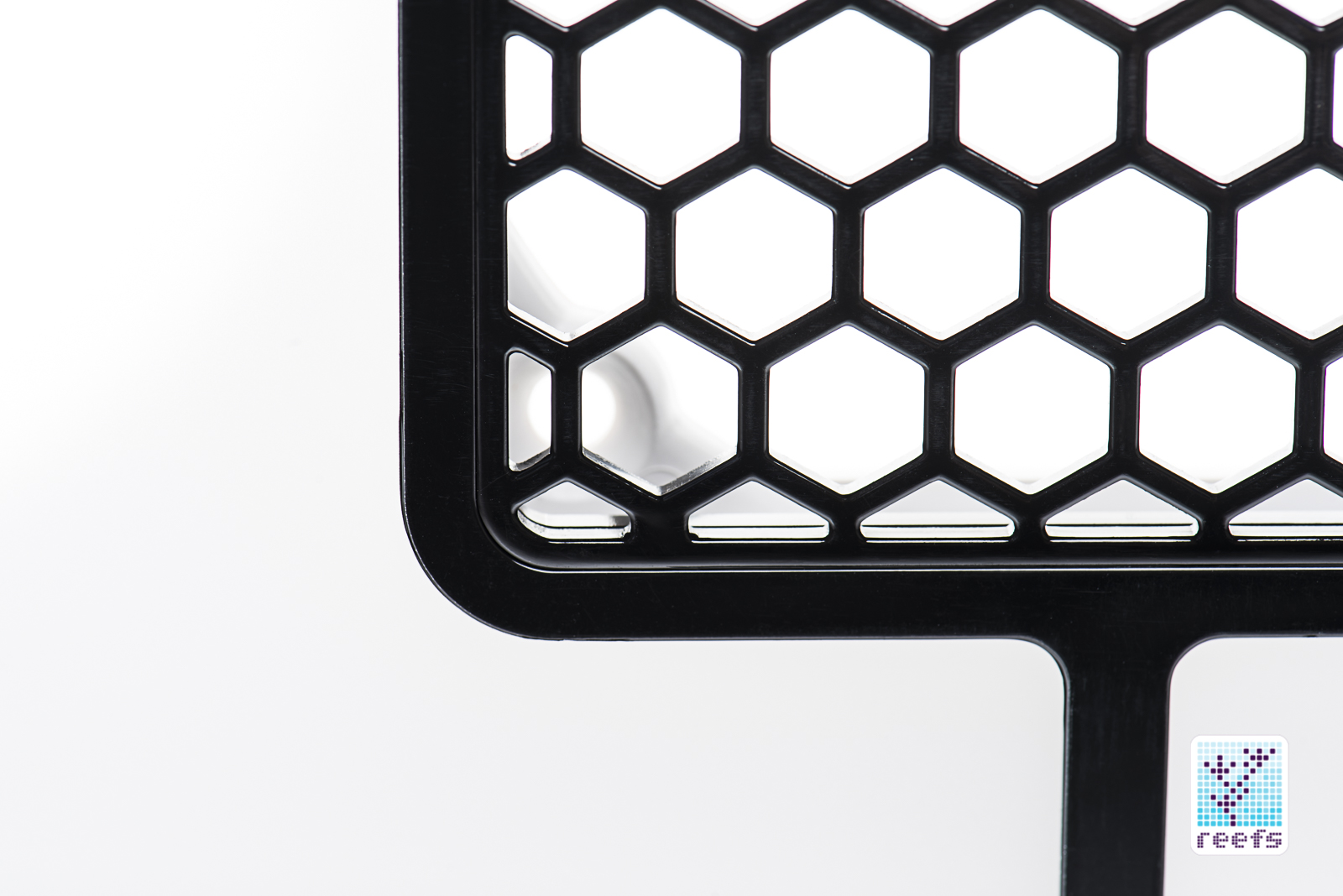
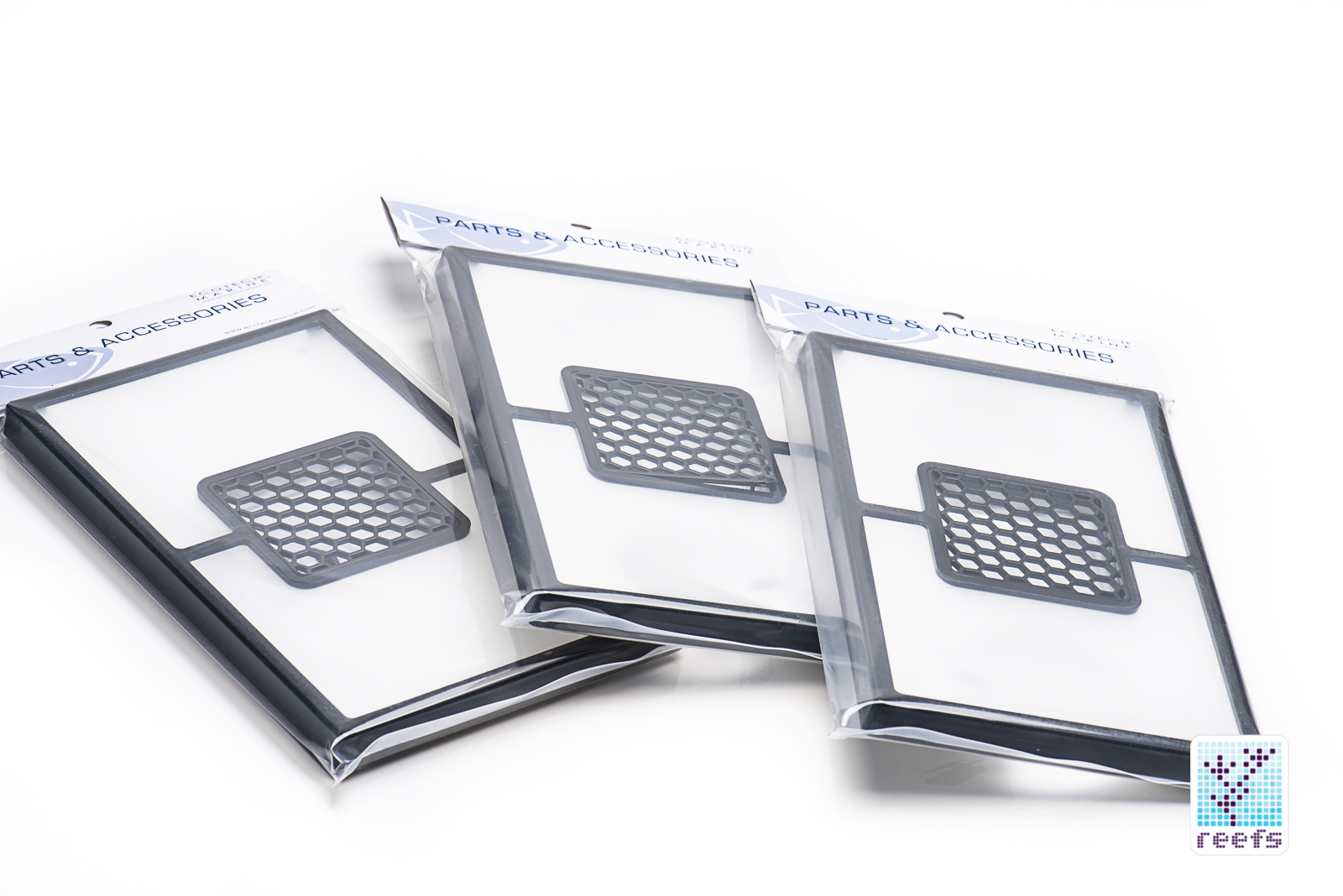
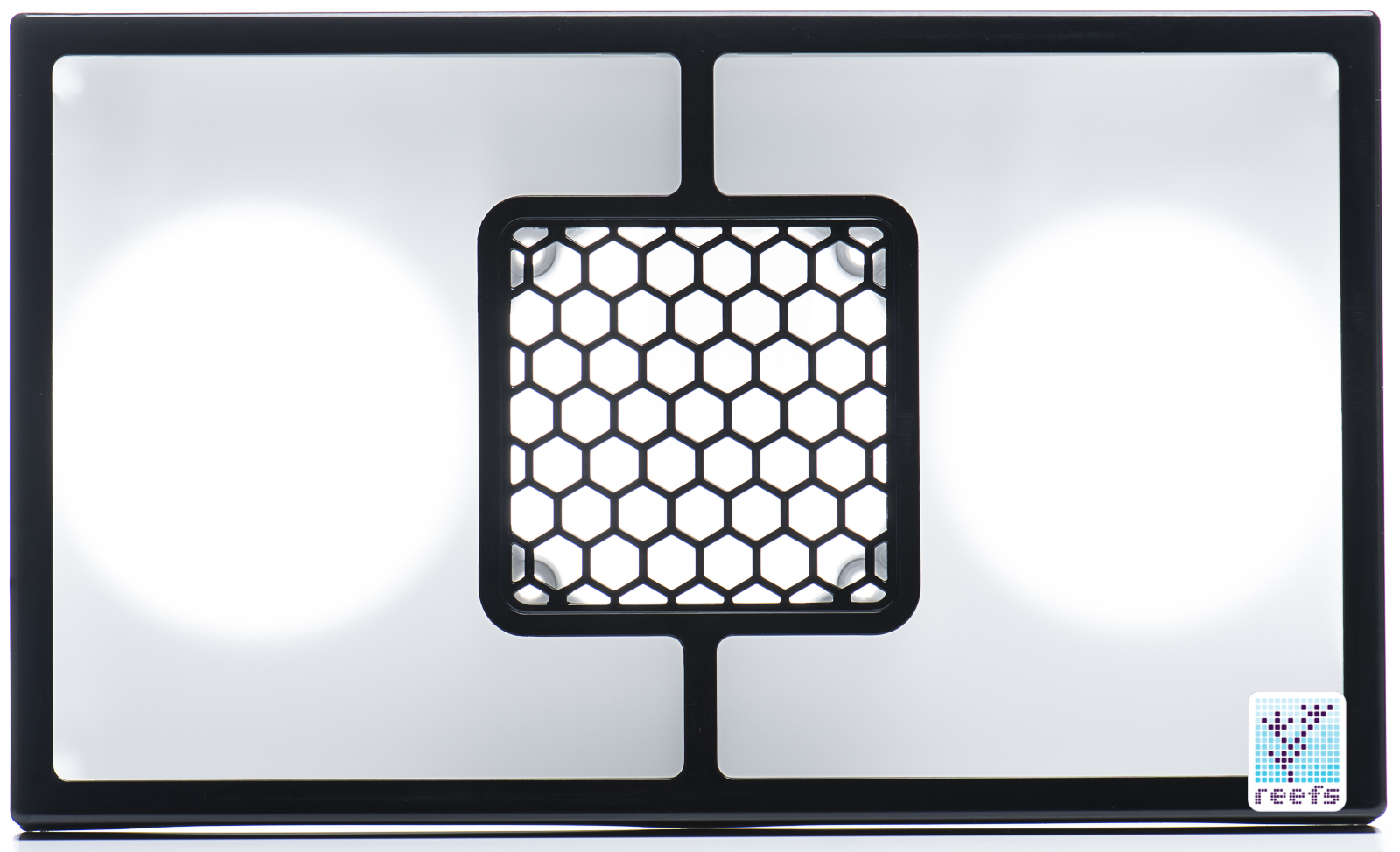
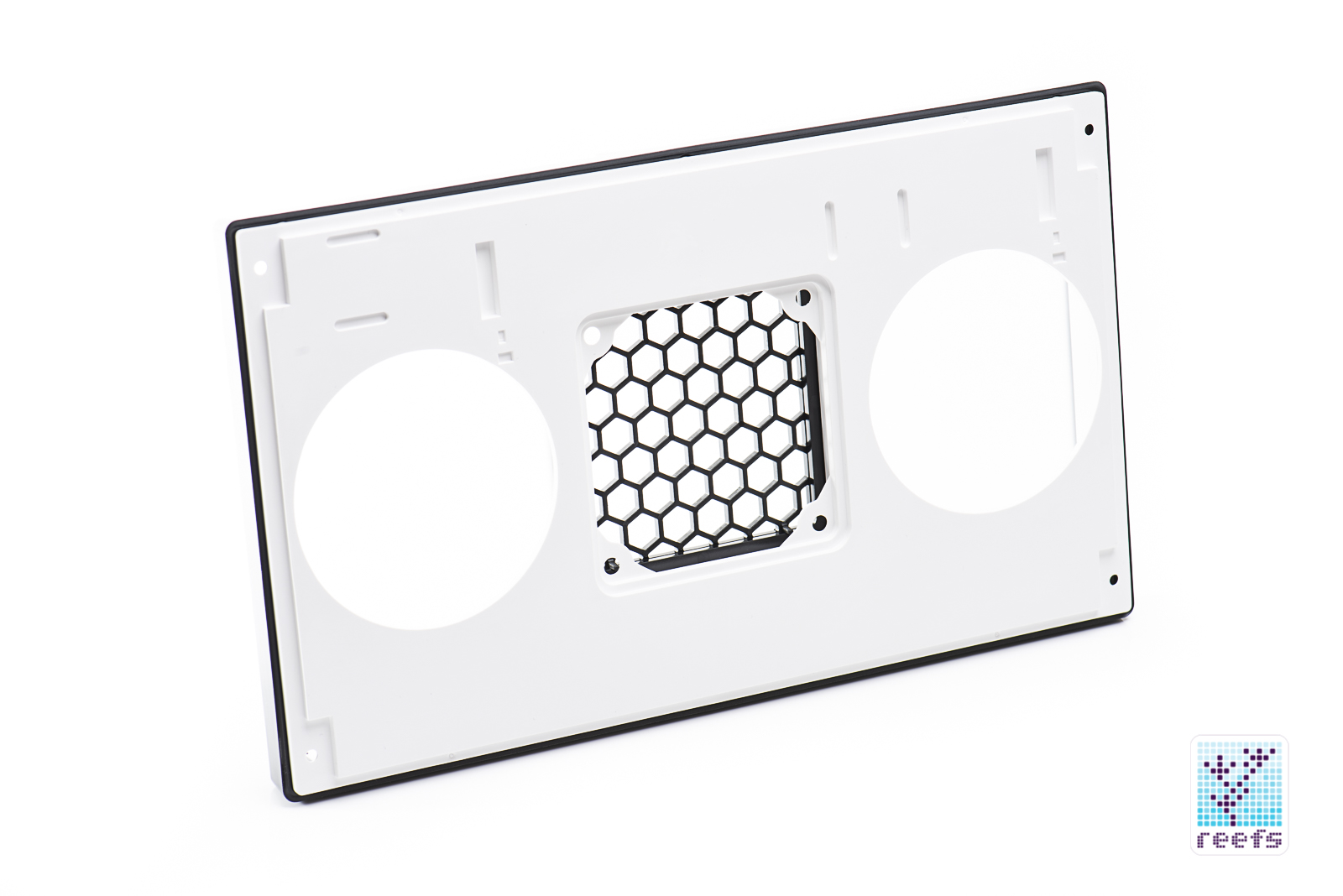

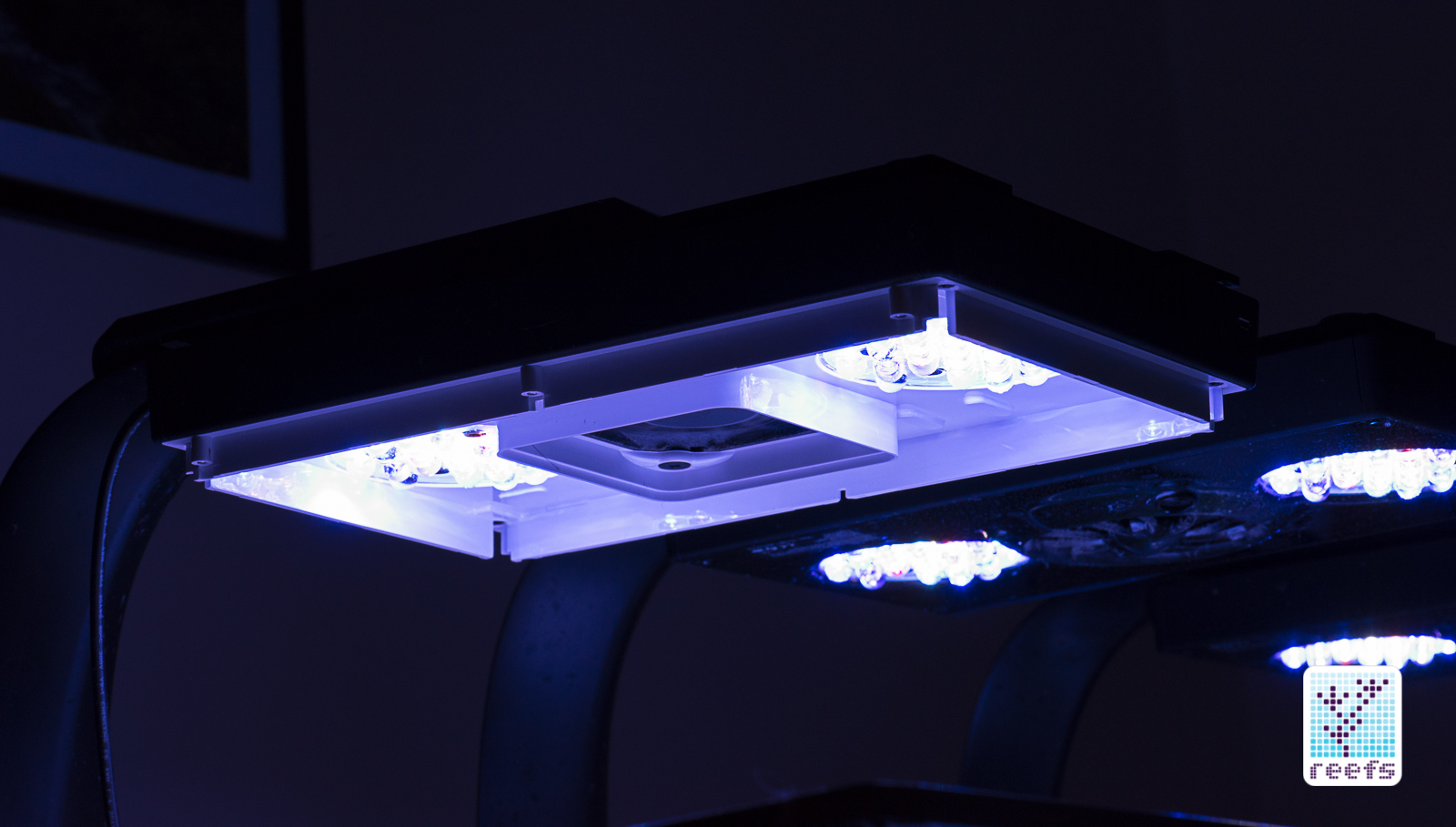
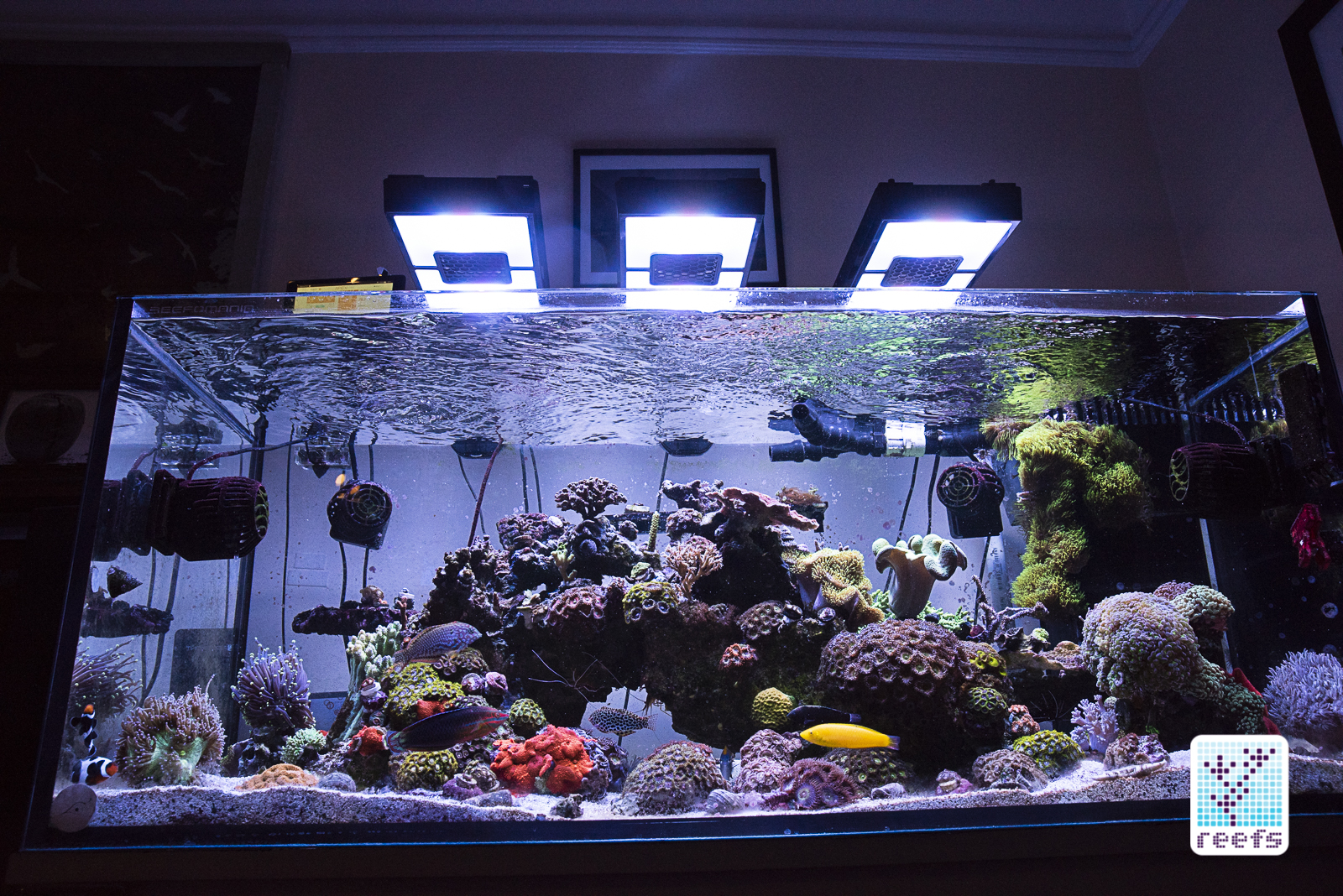
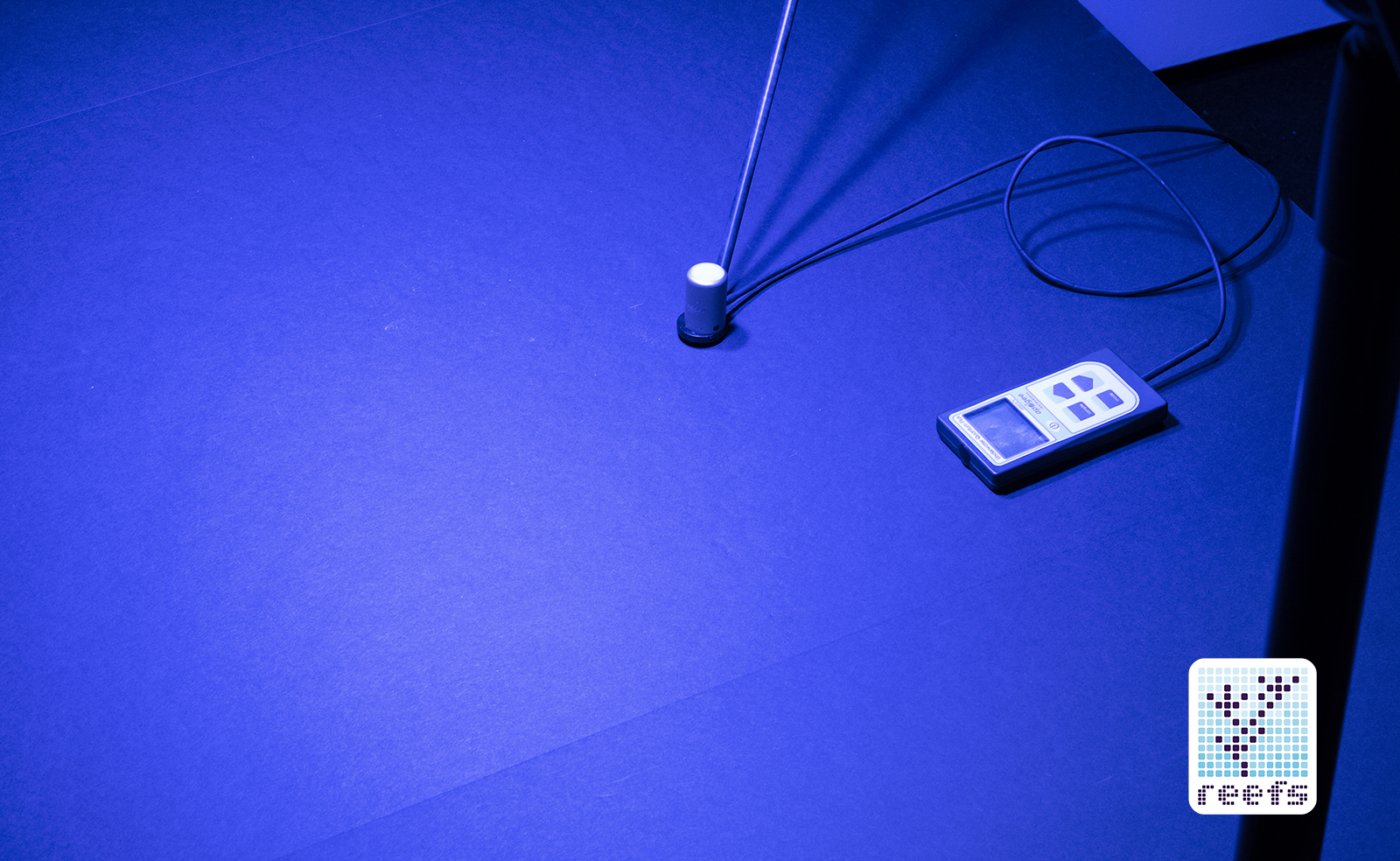
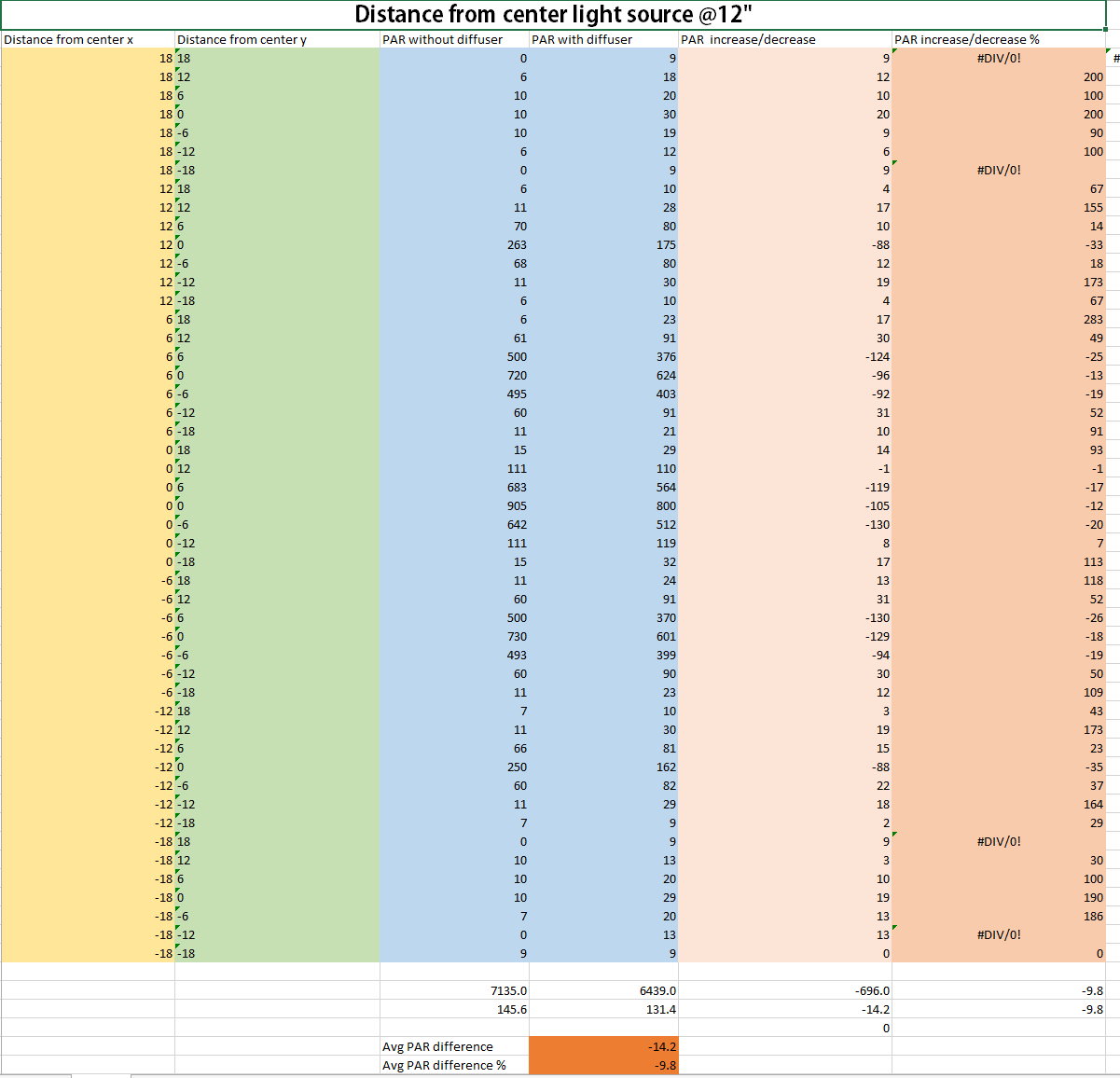
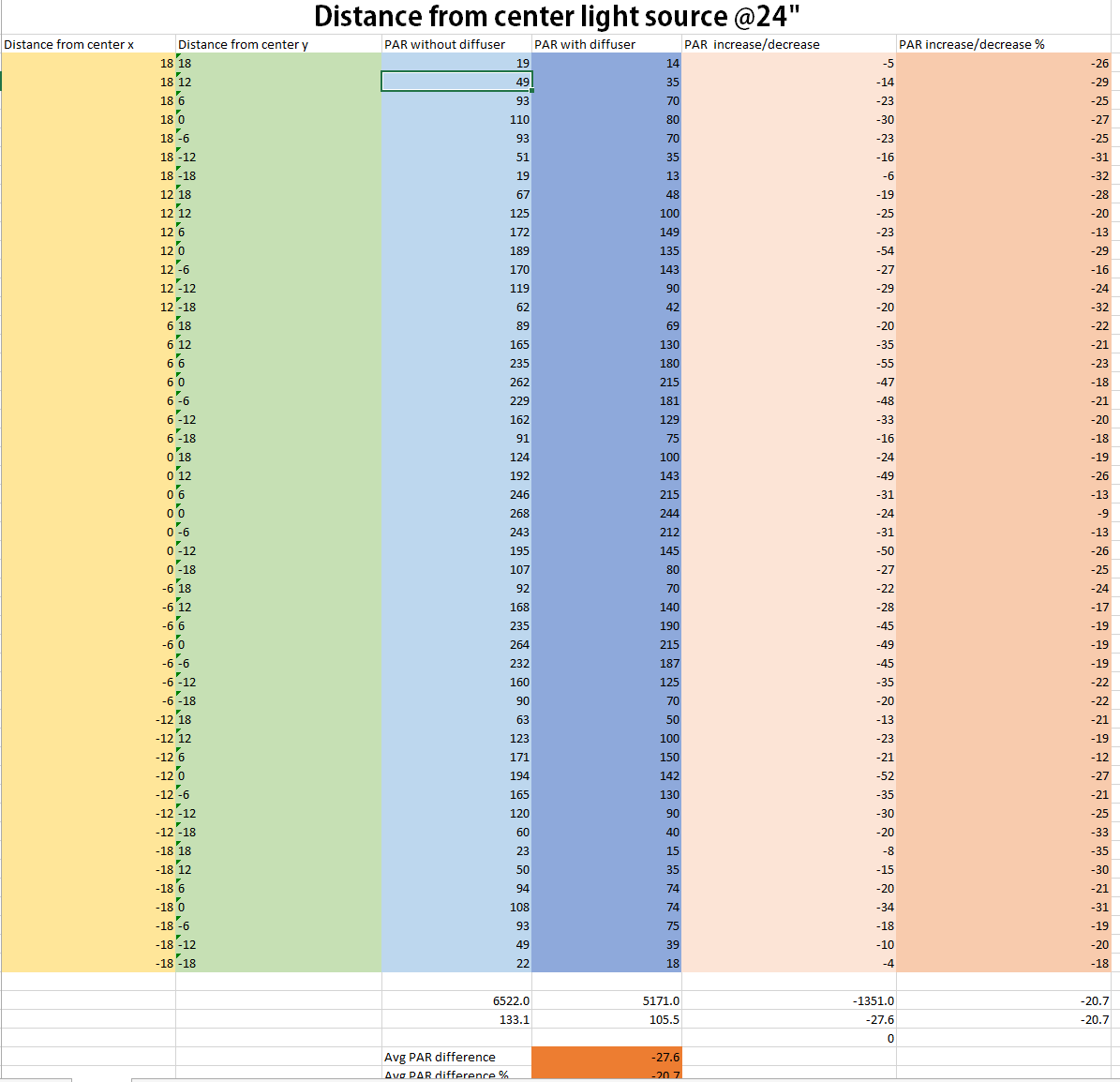

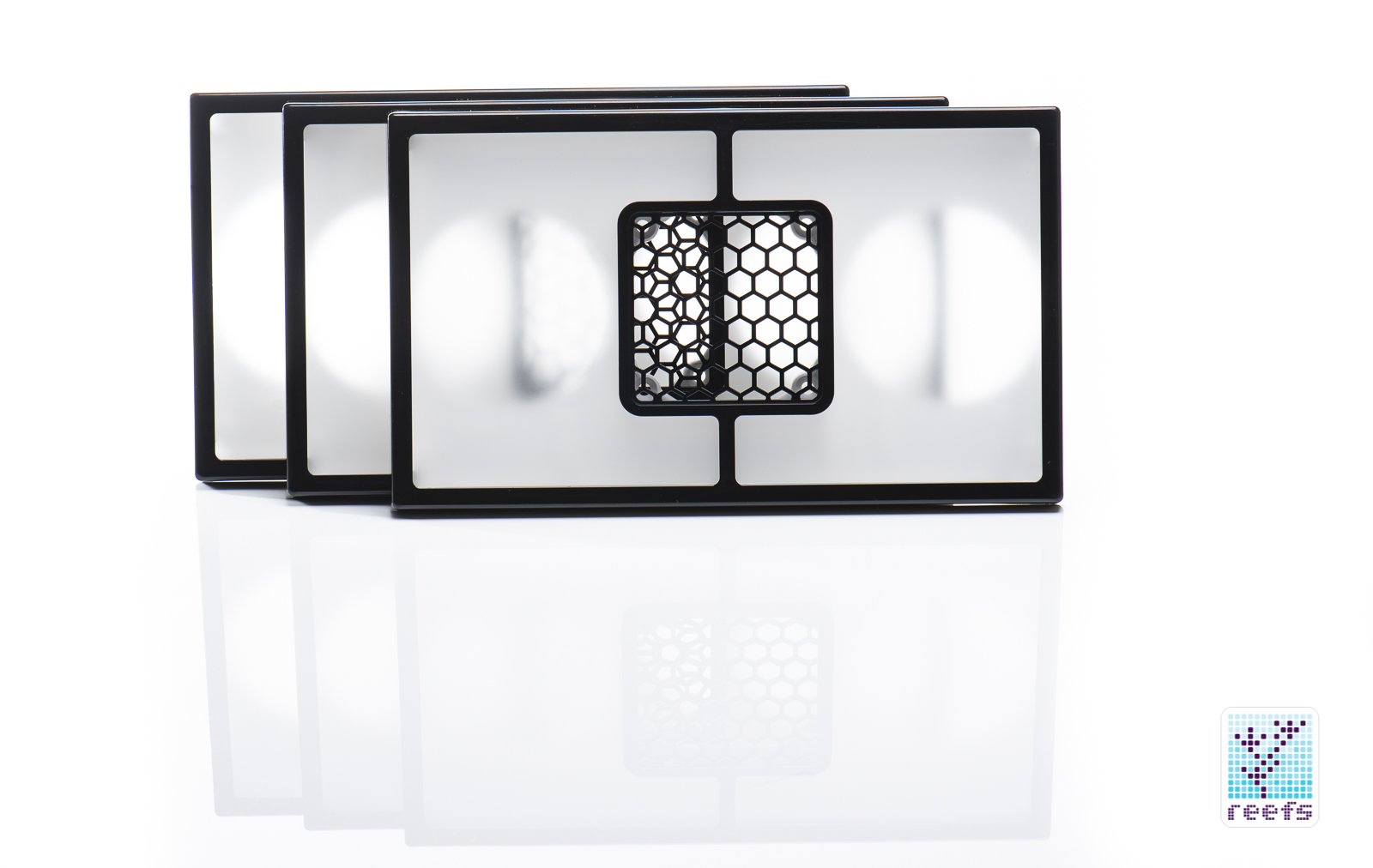
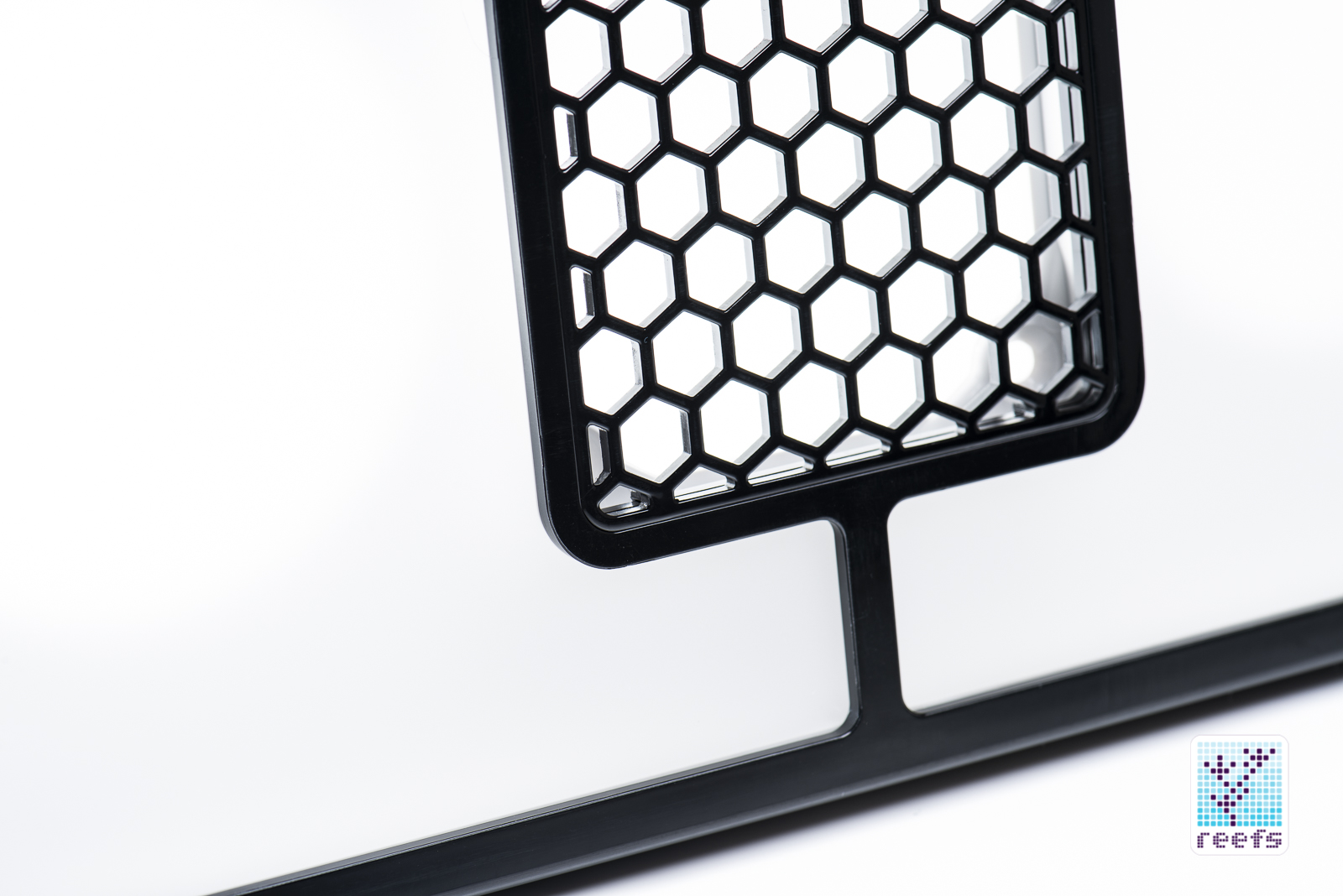
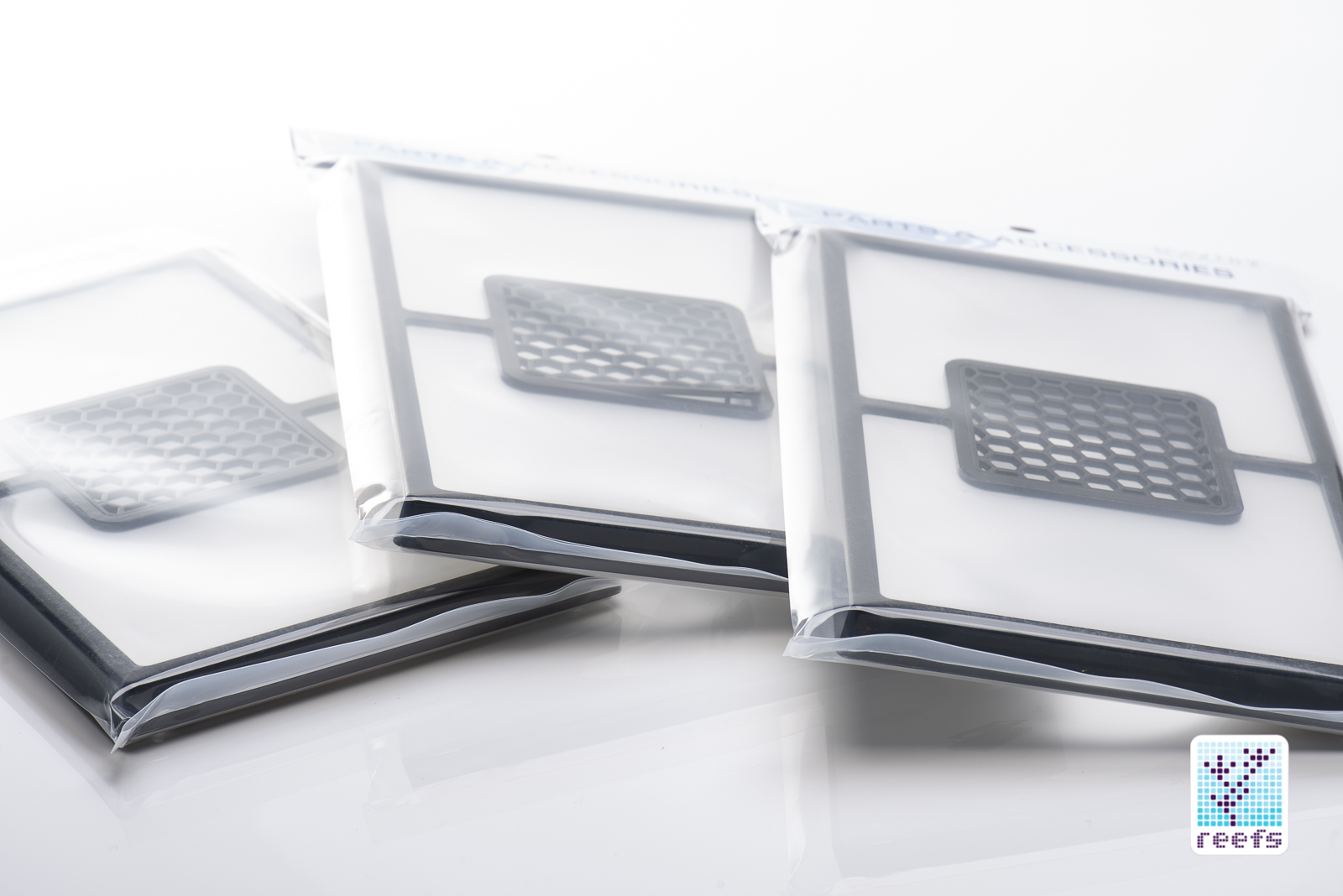
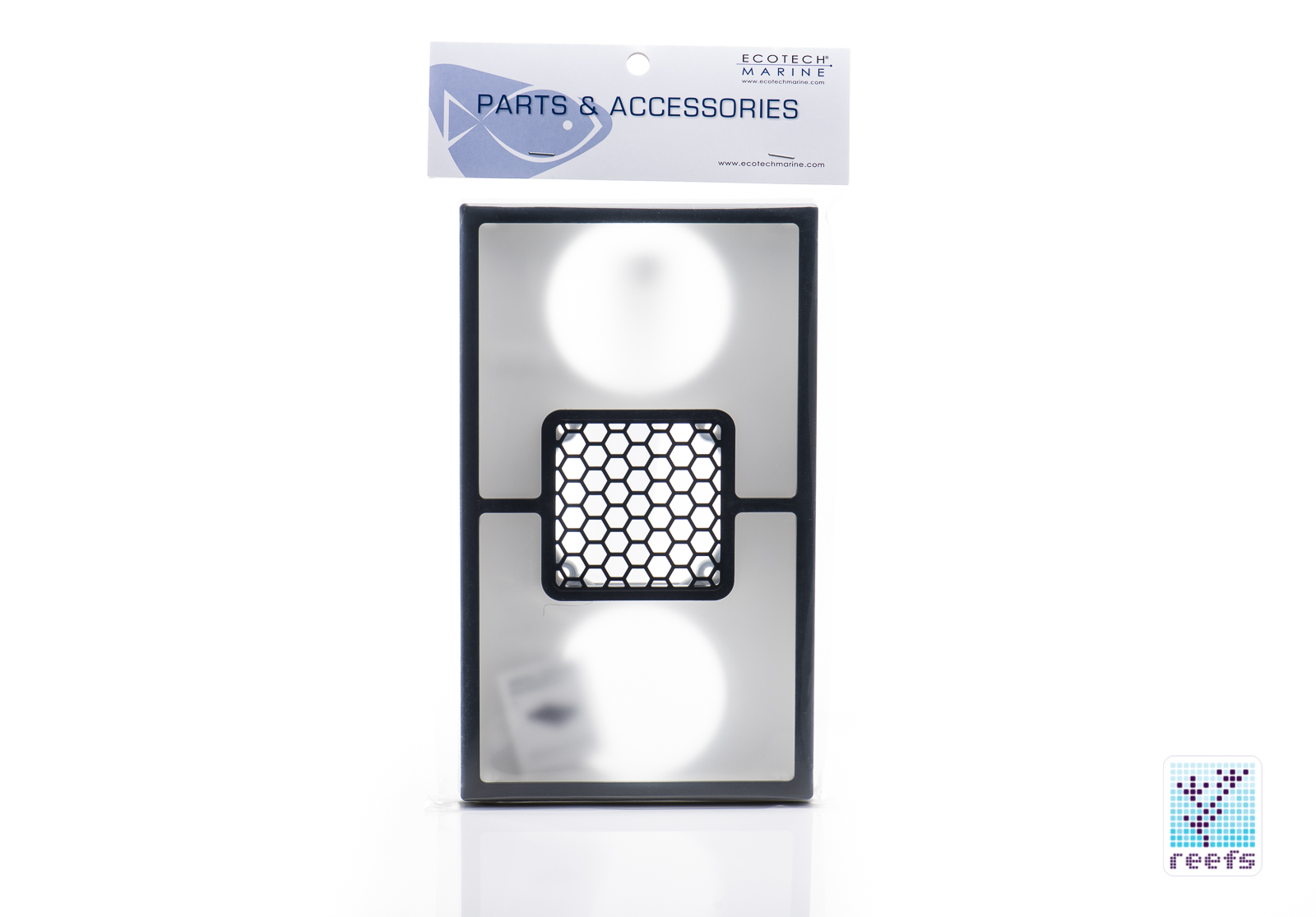

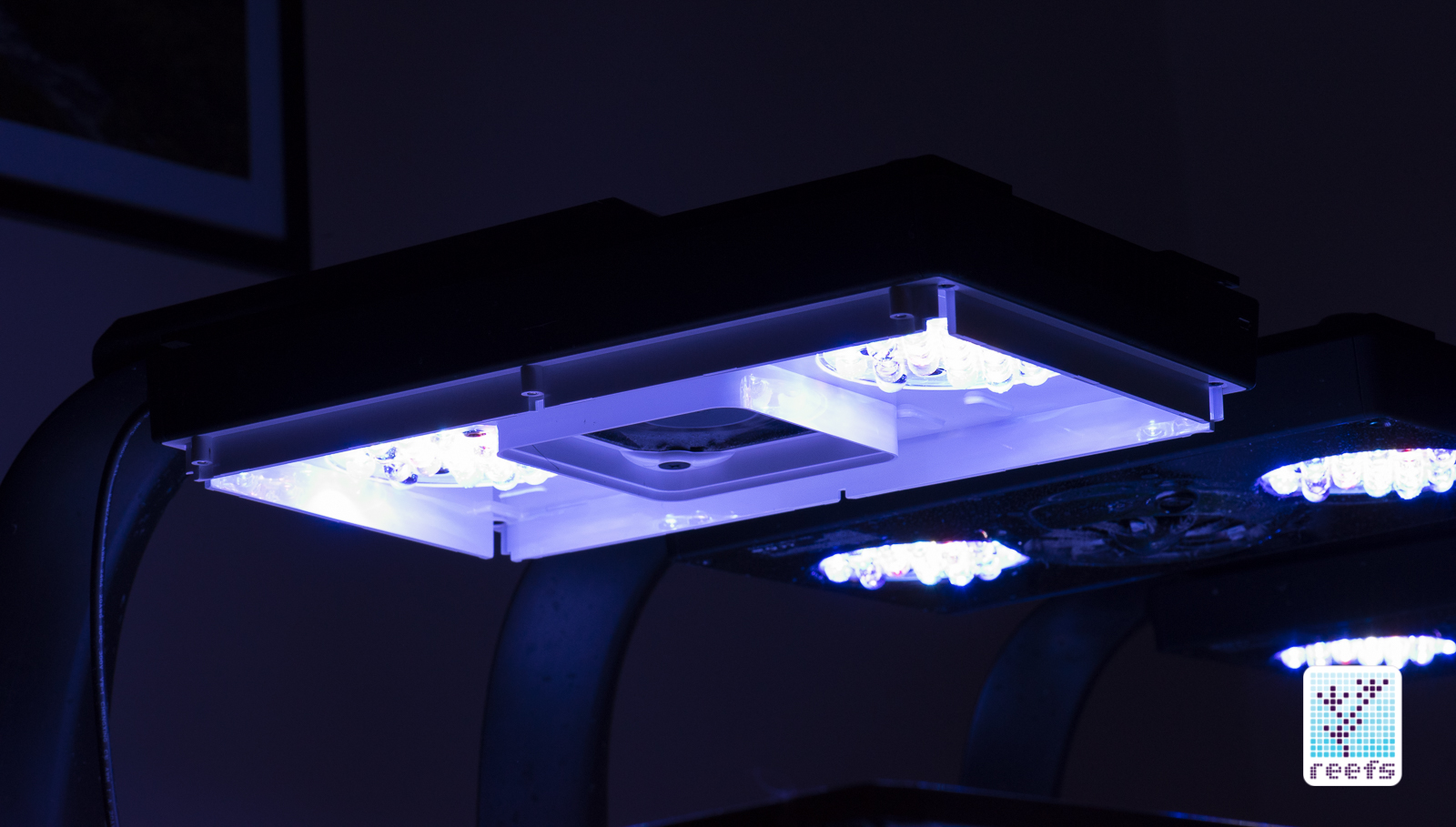
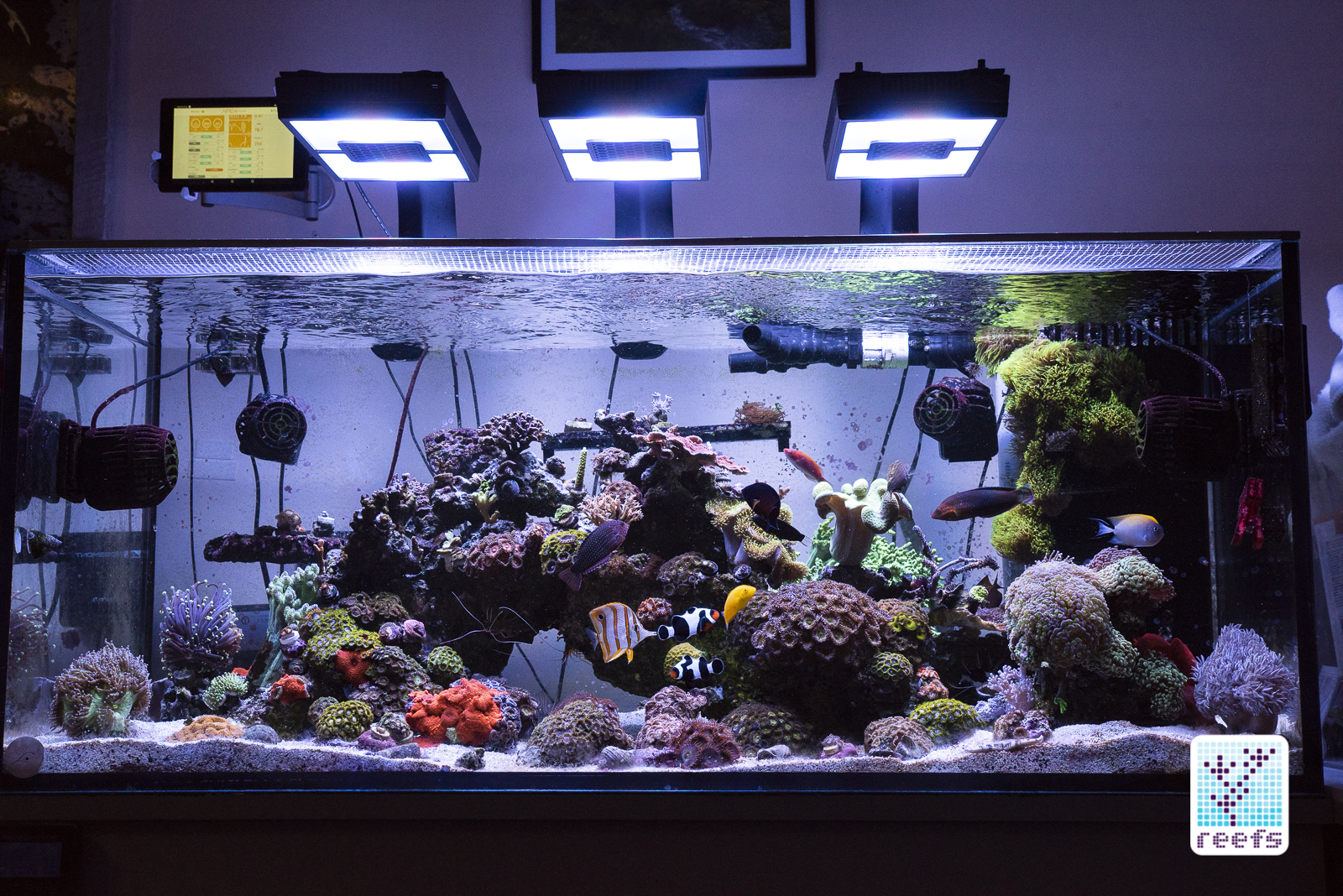
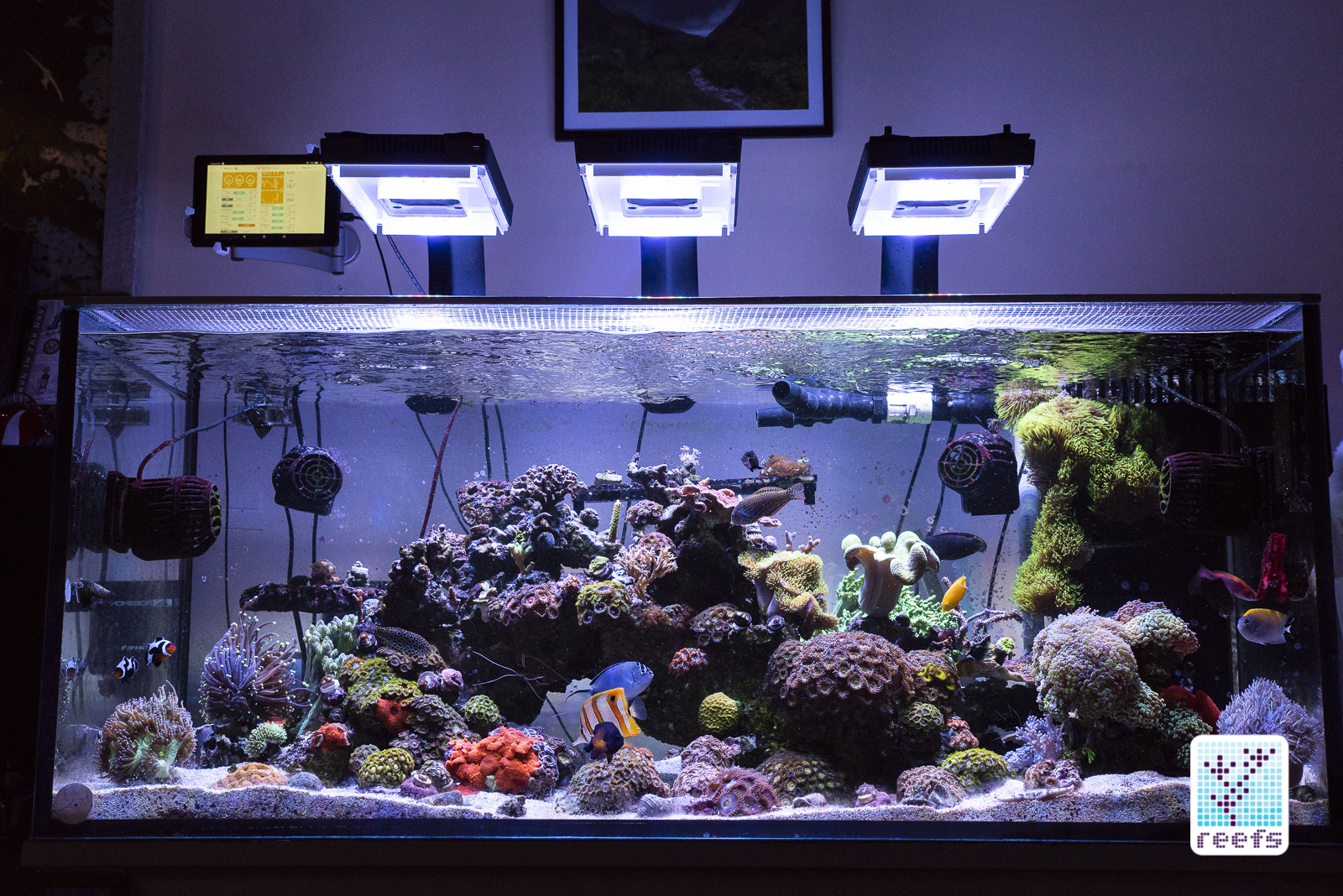
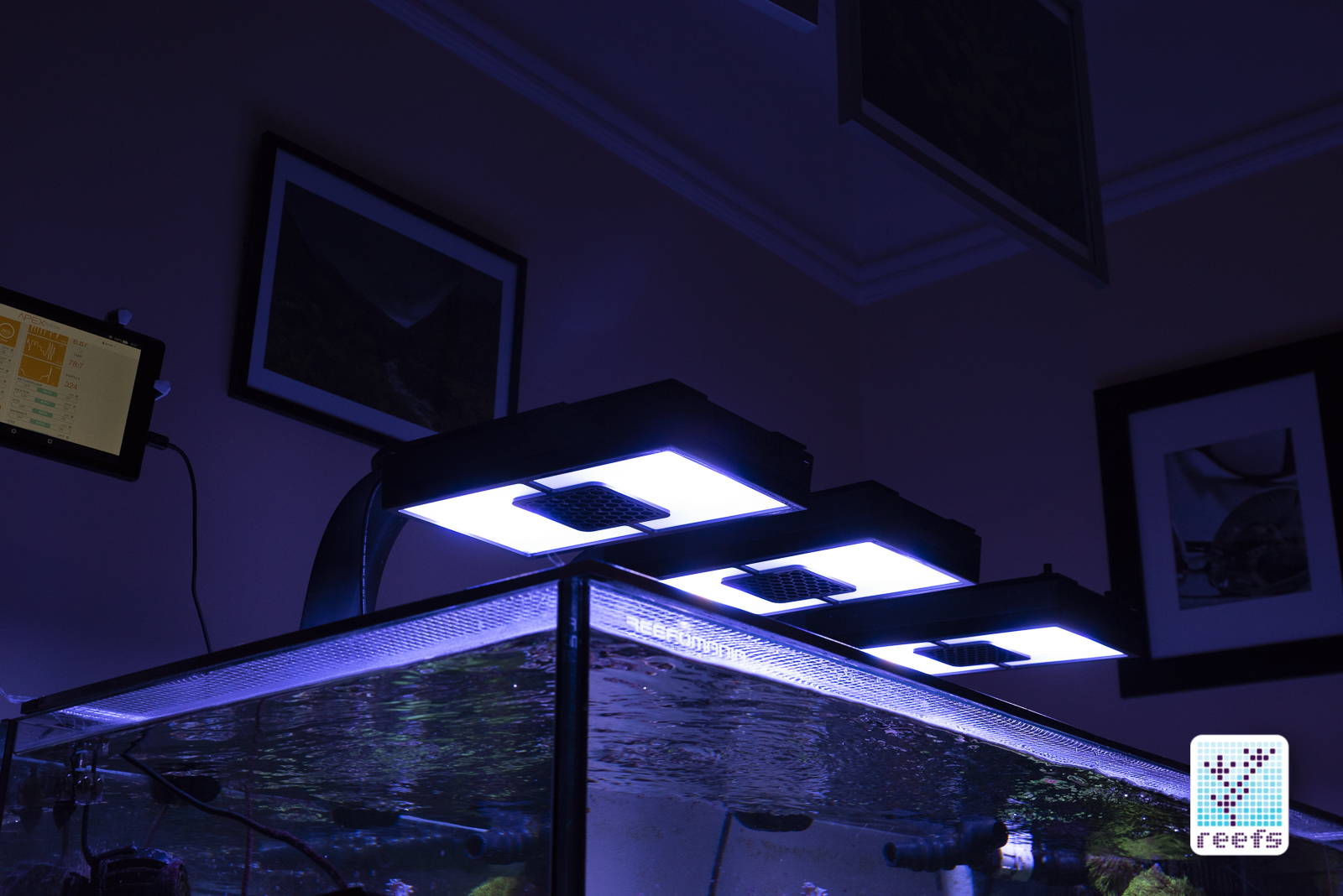









0 Comments